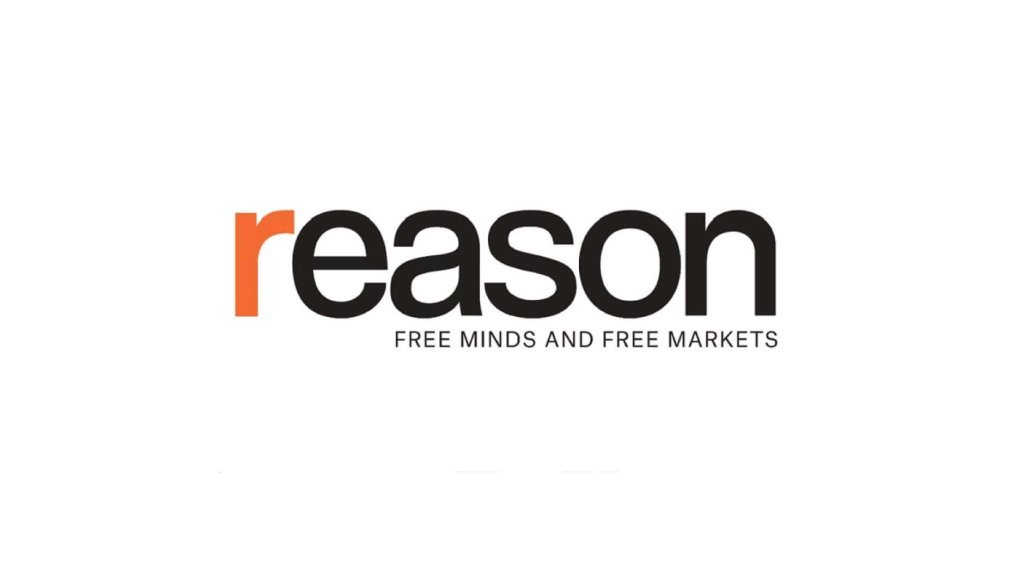The New Prohibitionists Are Hijacking Federal Dietary Guidelines
The same federal guidelines that once told Americans to eat 11 servings of carbs every day might soon advise against consuming any alcohol.
If so, the new recommendation should be taken just as seriously as the old one.
Those new federal dietary guidelines, set to be published later this year, could be the culmination of a yearslong effort by anti-alcohol activists and public health officials. To get this far, they’ve worked to shut out competing points of view and promulgate an official opinion that breaks with the prevailing scientific consensus about alcohol.
Whether that effort succeeds or fails, and whether Americans take the new advice seriously or ignore it while pouring another round, the attempt to make America dry again illustrates what today’s public health leaders value—and what they don’t.
The Pyramid
The federal dietary guidelines have been published every five years since 1980, but the thing you’re almost certainly picturing in your head right now is from the 1990 edition: A black triangle composed of six building blocks containing brightly colored edibles. Those images represented the proportions in which federal wise men recommended we consume those foods.
Yes, the “food pyramid.”
As government-backed public health marketing goes, the food pyramid was genius. For kids growing up in the 1990s, like me, it was a ubiquitous reminder to eat healthy—or what the federal government then mistakenly believed was healthy—plastered on school cafeteria walls and the backs of cereal boxes. The pyramid was based on recommendations from a World Health Organization (WHO) study group originally published in the late 1980s. Soon after, it was adopted, in a slightly modified version, by the U.S. Department of Agriculture (USDA) and Department of Health and Human Services (HHS), which collaborate on the dietary guidelines.
It was also quite inaccurate.
Probably the most significant error, and almost certainly the most famous, is the aforementioned recommendation that Americans eat gigantic piles of carbs every day.
That recommendation formed the base—literally—of the pyramid, which recommended daily consumption levels for different food groups: three to five servings of vegetables, two to four servings of fruit, etc. At the bottom of the pyramid sat the category for grains and other carbohydrates, of which Americans were told to consume a whopping 11 servings daily—compared to just two or three servings of meat, eggs, and other proteins.
Today, that ratio seems appalling. Serious dieticians and public health experts now recommend a more balanced diet that includes relatively more fat and protein and far less sugar, which is a by-product of digesting all those carbs.
“Even when the pyramid was being developed, though, nutritionists had long known that some types of fat are essential to health and can reduce the risk of cardiovascular disease. Furthermore, scientists had found little evidence that a high intake of carbohydrates is beneficial,” Scientific American explained in a 2006 article detailing the federal government’s attempt to fix the food pyramid. “After 1992 more and more research showed that the USDA pyramid was grossly flawed. By promoting the consumption of all complex carbohydrates and eschewing all fats and oils, the pyramid provided misleading guidance. In short, not all fats are bad for you, and by no means are all complex carbohydrates good for you.”
Nutritional science, in short, is a complex and nuanced subject. Simplified recommendations might be easiest for the general public to learn and recall, but they are also the most likely to be wrong.
The USDA has updated the food pyramid over the years to reflect that changing understanding of nutritional science, but Americans are considerably less trim and healthy. When the first edition of the federal dietary guidelines was published in 1980, about 15 percent of Americans were obese. Today, that figure is nearly 50 percent.
Yes, the average American is much wealthier—and thus able to purchase a greater amount of calories—than his or her counterpart would have been in 1980. Even so, the trend lines suggest Americans might have been a whole lot healthier over the past four decades if the federal government had never tried to nudge them to eat a certain way in the first place. At the very least, this history ought to underscore the risk that comes with passing off inaccurate or misguided public health guidance as if it were a settled scientific fact.
In fairness, it is difficult to distill complicated science into digestible public health guidelines. The process begins with the formation of an advisory committee, which includes nutritional scientists and public health experts. They meet off and on for about two years—the first meeting of the current advisory committee was in February 2023—to discuss how the latest research should impact the new guidelines. The committee’s work is also guided by USDA and HHS officials, who can provide a series of questions to the group at the outset of the process. Feedback from the general public is also supposed to help shape the outcome.
After what the USDA describes as a “rigorous, protocol-driven methodology,” the advisory committee files a series of suggestions for the new dietary guidelines. Federal officials have the final say, but the influence of the advisory committee can be significant—and the committee’s purview has been growing.
In every cycle up to the year 2000, the advisory committee’s final report was fewer than 100 pages long. In the 2020 cycle, it offered an 835-page report that recommended, among other things, a reduction in the amount of sugar and alcohol Americans consume.
Neither of those recommendations were adopted in 2020, but both figure to be big battles this time around.
The biggest fight now involves alcohol, and in the lead-up to this year’s finalization of the new guidelines, USDA and HHS have subverted their own well-established process to hand outsized influence to a few scientists with ties to an organization that’s been pushing to ban alcohol since before Prohibition.
The Holy Grail
Humans discovered fermentation and started making alcohol, archeologists believe, sometime between 8,000 and 12,000 years ago. Several thousand years later, the first civic governments were formed. The first efforts at restricting alcohol consumption probably followed not long after.
The modern anti-alcohol movement—the temperance movement, as it came to be called—didn’t exist as an organized national and international political entity until 1851. That’s when the leaders of several local anti-alcohol organizations met at a lodge in upstate New York to form the International Organization of Good Templars. The nod to the Knights Templar of the Middle Ages was in recognition of the group’s “crusade” against the scourge of alcohol, and also had to do with the knights’ supposed commitment to sobriety.
In the decades that followed, the Good Templars founded groups across the United States, Canada, and Europe dedicated to “offering a comprehensive approach to solving alcohol problems, not just as individual problems but as family and community problems.” That’s the official description from the website of the nonprofit Movendi International, which traces its roots back to that 1851 meeting.
The group rebranded itself in 2020, perhaps to avoid sounding like it was in pursuit of the Holy Grail—an object that, ironically, might have held alcohol.
Still, Movendi declares itself to be “the premier global network for evidence-based policy solutions and community-based interventions to prevent and reduce harm caused by alcohol.” The organization takes credit for providing training and guidance to figures such as Frances Willard, who played a significant role in getting the 18th Amendment passed in 1919.
Nearly
Article from Reason.com

The Reason Magazine website is a go-to destination for libertarians seeking cogent analysis, investigative reporting, and thought-provoking commentary. Championing the principles of individual freedom, limited government, and free markets, the site offers a diverse range of articles, videos, and podcasts that challenge conventional wisdom and advocate for libertarian solutions. Whether you’re interested in politics, culture, or technology, Reason provides a unique lens that prioritizes liberty and rational discourse. It’s an essential resource for those who value critical thinking and nuanced debate in the pursuit of a freer society.




